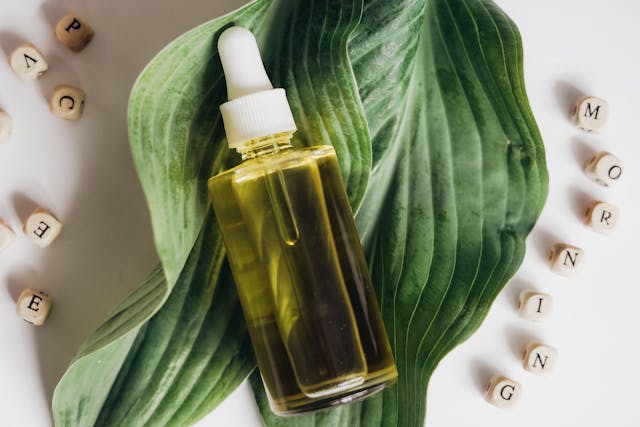After chatting with a good friend whose teenage daughter has been dealing with sudden mood swings and anxiety, I felt it was the perfect time to explore how premenstrual tension (PMT) can create such emotional stress—especially when you’re young and experiencing these feelings for the first time. This mini blog will help you better understand what’s going on and offer some ways to help yourself feel more in control.
Premenstrual tension (PMT), or premenstrual syndrome (PMS), is something many women experience in varying degrees, often without fully understanding why they feel moody, bloated, or fatigued in the lead-up to their period. If you’re a younger woman wondering why your emotions seem like a rollercoaster some days, PMT could be the answer. Let’s dive into what’s going on in your body and how you can manage these changes holistically, while also knowing when it’s time to seek medical support.
PMT is a result of hormonal fluctuations, particularly the changes in estrogen and progesterone levels that occur during your menstrual cycle. In the second half of the cycle, after ovulation, progesterone levels rise and then drop if fertilization doesn’t occur, leading to the onset of your period. This hormonal shift can affect neurotransmitters in the brain, including serotonin, the “feel-good” hormone. When serotonin levels drop, it can lead to mood swings, irritability, and even anxiety or depression. Other physical symptoms, such as bloating, breast tenderness, and headaches, are also common due to the body’s response to these hormonal changes.

Holistic approaches can be a great starting point for managing PMT, particularly if you’re someone who prefers natural remedies. One of the simplest things you can do is to stay active. Regular exercise, especially low-impact activities like yoga, swimming, or walking, can help regulate your mood by boosting serotonin levels. Plus, exercise can reduce bloating and ease tension in your muscles, making it easier to get through the tougher days of your cycle. Deep breathing exercises, meditation, and practicing mindfulness can also be incredibly calming for your mind, helping to alleviate anxiety and stress.
Diet plays a big role in how you feel too. Incorporating foods rich in calcium, magnesium, and vitamin B6 can support your mood and reduce bloating. Leafy greens, bananas, nuts, and seeds are great additions to your diet. Staying hydrated and cutting back on caffeine and processed sugars may also help reduce irritability and improve your overall energy levels.

Herbal remedies have been used for centuries to help ease the symptoms of PMT. Chasteberry (Vitex agnus-castus) is well-known for balancing hormones and can be helpful for mood swings and breast pain. Evening primrose oil, which contains gamma-linolenic acid (GLA), is another popular supplement that may help with breast tenderness and irritability. Additionally, herbal teas like chamomile, ginger, and peppermint can ease bloating and calm your digestive system.
Sometimes, however, no matter how much exercise you do or how many herbal remedies you try, PMT can still feel overwhelming. In these cases, it’s important to remember that there are medical treatments available. Doctors may recommend hormonal contraceptives to regulate your cycle and reduce symptoms, or in some cases, antidepressants to manage more severe mood-related PMT. Nonsteroidal anti-inflammatory drugs (NSAIDs) like ibuprofen can be helpful in reducing the physical discomfort of cramps and headaches.

Understanding what’s happening in your body and having a toolkit of holistic strategies can empower you to manage PMT more effectively. However, if your symptoms are interfering with your daily life, don’t hesitate to seek advice from a healthcare professional. It’s important to find a balance that works for you, and sometimes that includes combining holistic approaches with medical treatments for the best results.
Explore our website to learn other ways you can help yourself and others. Sharing knowledge and caring for each other is the cornerstone of life and living.
Love Life x
References
- Rapkin, A. J., & Winer, S. A. (2009). “Premenstrual syndrome and premenstrual dysphoric disorder: Quality of life and burden of illness.” Expert Review of Pharmacoeconomics & Outcomes Research.
- Yonkers, K. A., et al. (2008). “Premenstrual syndrome.” The Lancet.
- Stevinson, C., et al. (2001). “Chasteberry (Vitex agnus-castus) in the treatment of premenstrual syndrome: A systematic review.” BJOG.


Hi jo. I thoroughly enjoyed this blog . I had forgotten about Agnus Castus ! I remember now , that myself and work colleagues all took it back then ! Anything to relieve the monthly tension x
Thank you lovely. Sharing knowledge found and love x